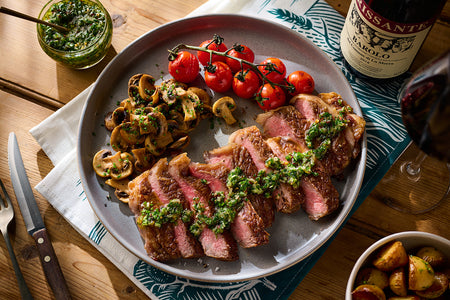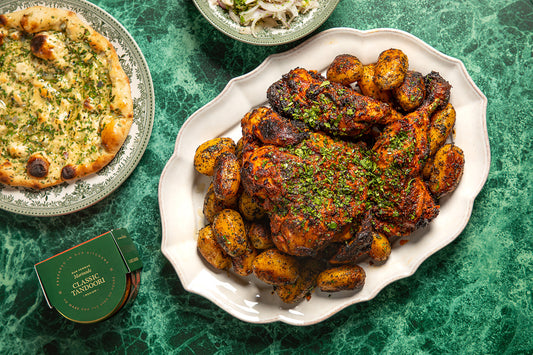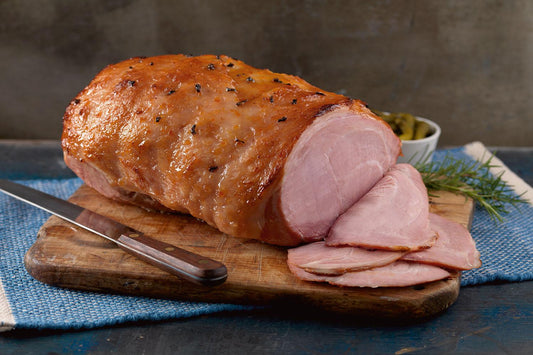A Guide To Wagyu Beef
Famed the world over for being in a league of its own, Wagyu beef represents the epitome of beef quality. With exceptional marbling, rich and creamy flavour and melt-in-the-mouth tenderness, Wagyu beef is a sought-after delicacy. Fine food is what we are all about here at DukesHill, so naturally we wanted to bring this exceptional cut and a truly authentic Japanese wagyu experience to our customers.
To celebrate the launch of our new Wagyu range, we have collated this comprehensive guide which answers all of the questions you may have about this wonderful and prized type of beef.
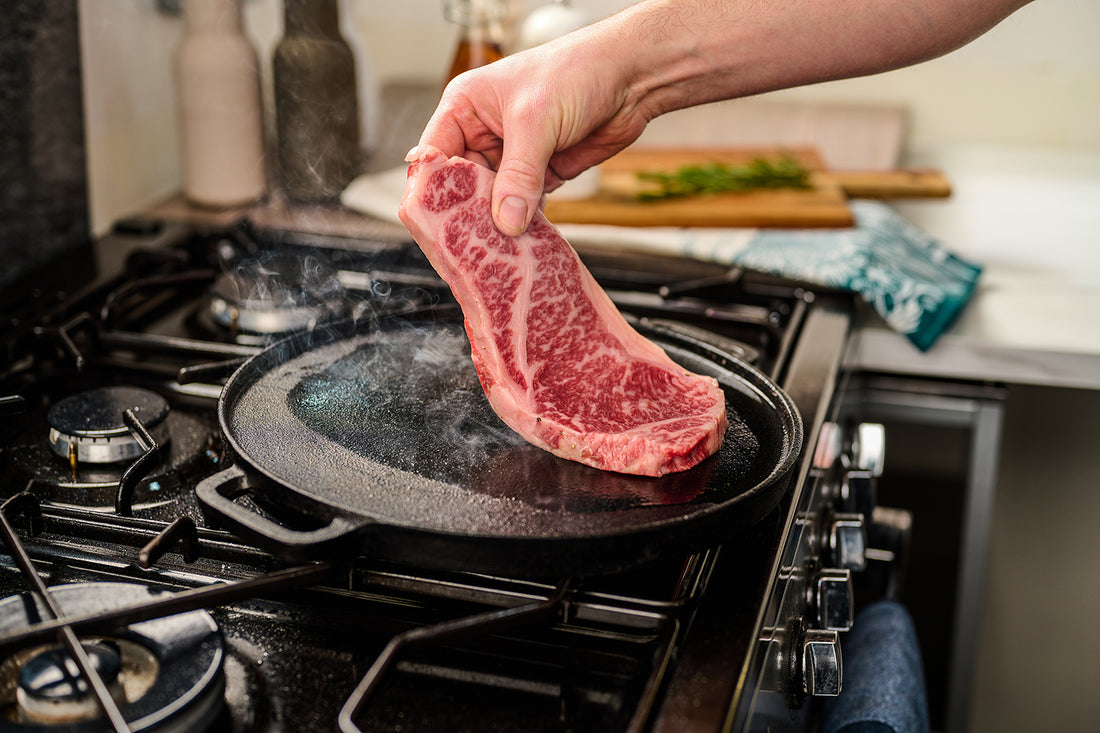
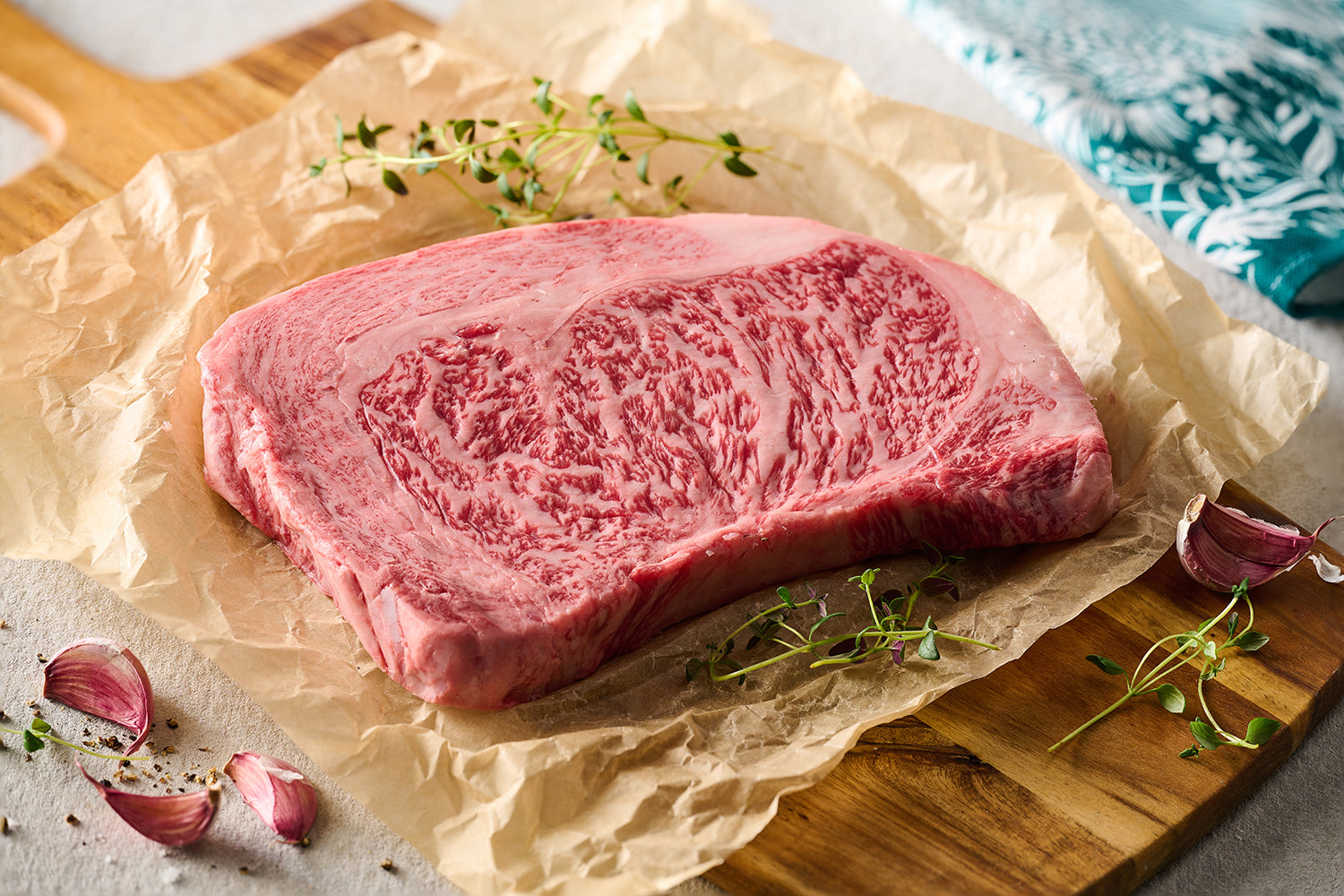
What is Wagyu beef?
Originating in Japan, Wagyu was created to be the finest example of beef across the globe. Wagyu means ‘Japanese cow’ and must come from one of four breeds of cow: Japanese black, Japanese shorthorn, Japanese polled and Japanese brown. These breeds have a genetic predisposition to marbling: the distribution of intramuscular fat that lends itself to wagyu beef’s signature melt-in-the-mouth tenderness and rich buttery flavour.
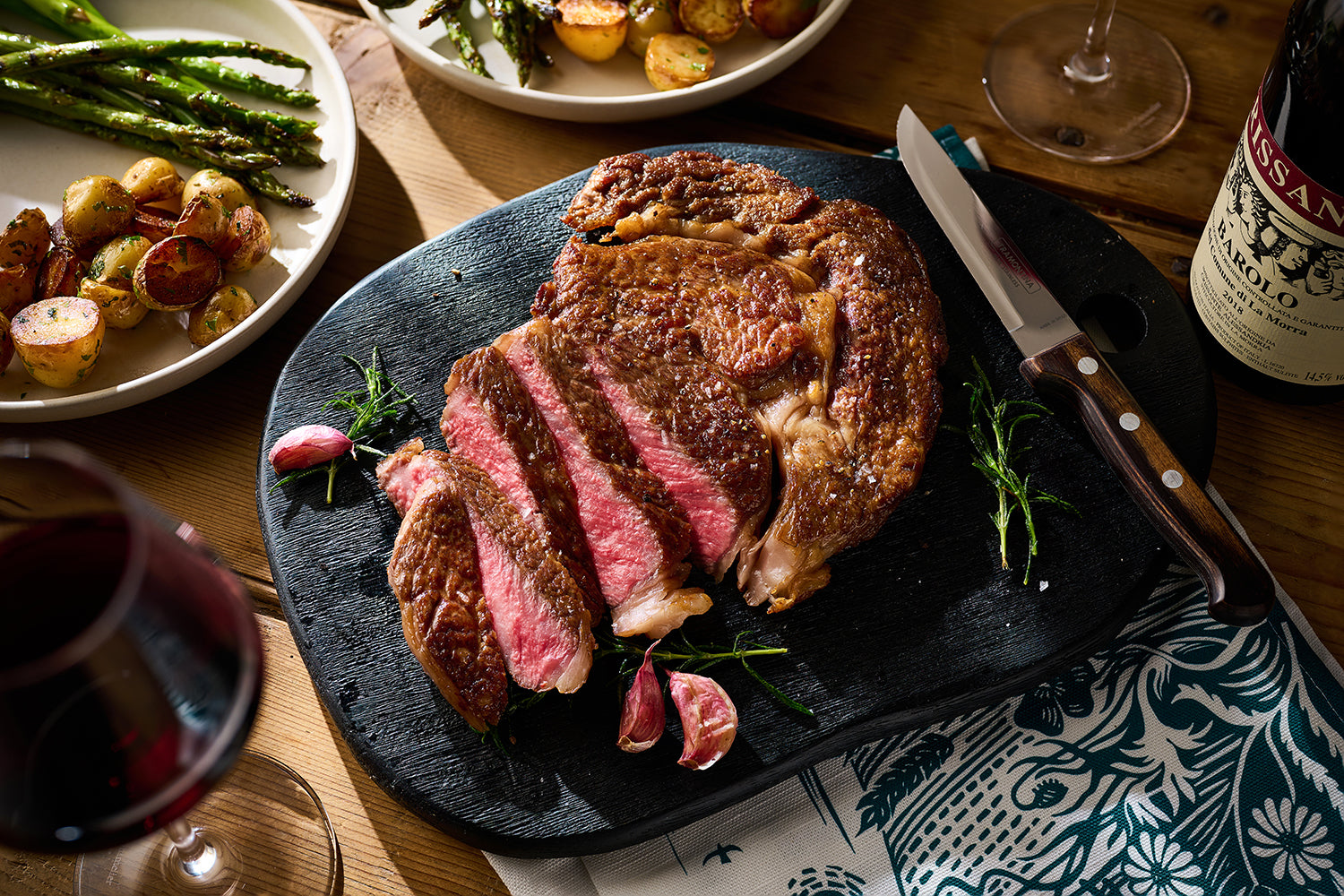
Types & characteristics of Wagyu beef
Across Japan, each geographical region has its own ‘brand’ of Wagyu beef whereby cows have a set method of cultivation. Some of the finest wagyu beef is sourced from areas of Japan such as Kobe, Kagoshima, Miyazaki and Kimamoto. Just like wine is an expression of its terroir, each brand of Japanese wagyu bears a deep connection with its locality. Raw Wagyu beef is instantly recognisable for its unparalleled marbling. Threads of fat run evenly and consistently throughout the meat.
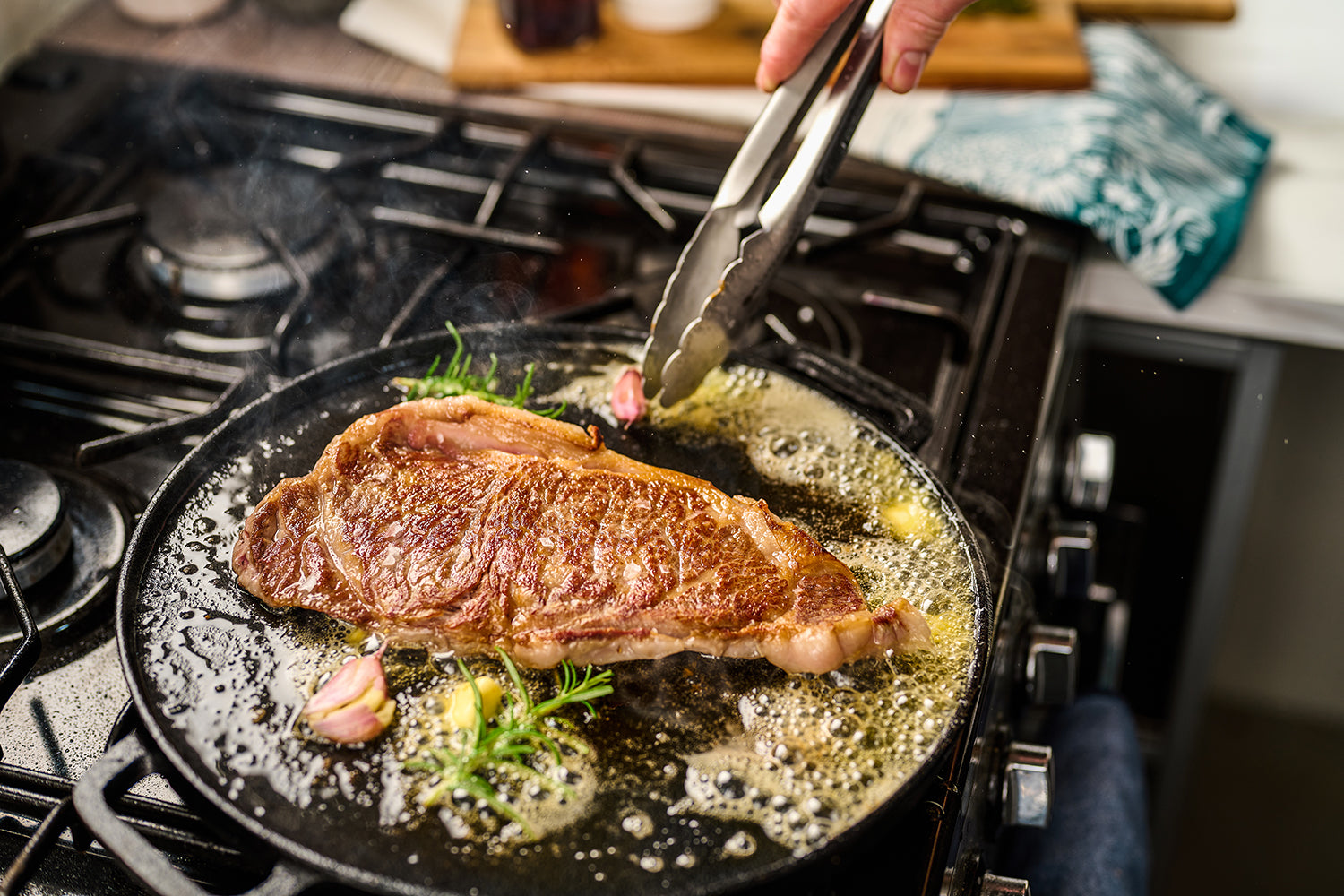
A great source of protein
Red meat is a fantastic complete source of protein, meaning it provides all the essential amino acids necessary for protein synthesis in the body. It’s essential for muscle growth and repair, repairing tissues and a healthy immune system. Wagyu beef is particularly rich in iron found in animal products. It’s much more easily absorbed by the body compared with iron from plant-based sources. Iron is crucial for preventing anaemia and maintaining overall health.
Wagyu beef farming
It takes devotion, passion, and love to rear cattle with the care and precision required for Wagyu beef. This knowledge and care is passed down from generation to generation, with the following factors prioritised in Wagyu beef farming:
- Wagyu cattle graze in a temperate climate with plenty of sunshine, clean air and fresh spring water. They are fed pasture grass and rice straw during the rearing and fattening stages, which adds to the rich marbling in the meat.
- Beyond good genetics, Wagyu cows must live a stress-free lifestyle, so the muscles aren’t overworked and tense. Wagyu cow pampering differs around regions, with some cows listening to opera and massaged daily to ensure a stress-free environment!

The Japanese beef grading system
In Japan, beef is graded in quality from 1 to 5. The marbling, fat colour, meat colour and shape are all scrutinised and make up the final score. 1 represents poor quality, 3 is average and 5 is excellent quality beef. The letter refers to the yield grade, which shows the cutability of the wagyu cut. The higher yield of quality meat (72% or higher) results in an A grade, whereas the lower yield of meat results in a B or C.
What does A5 Wagyu mean?
A5 Wagyu is the highest-yield cut of meat from the finest quality Wagyu beef possible. It’s as good as it gets.
Shop Wagyu beef at DukesHill
-
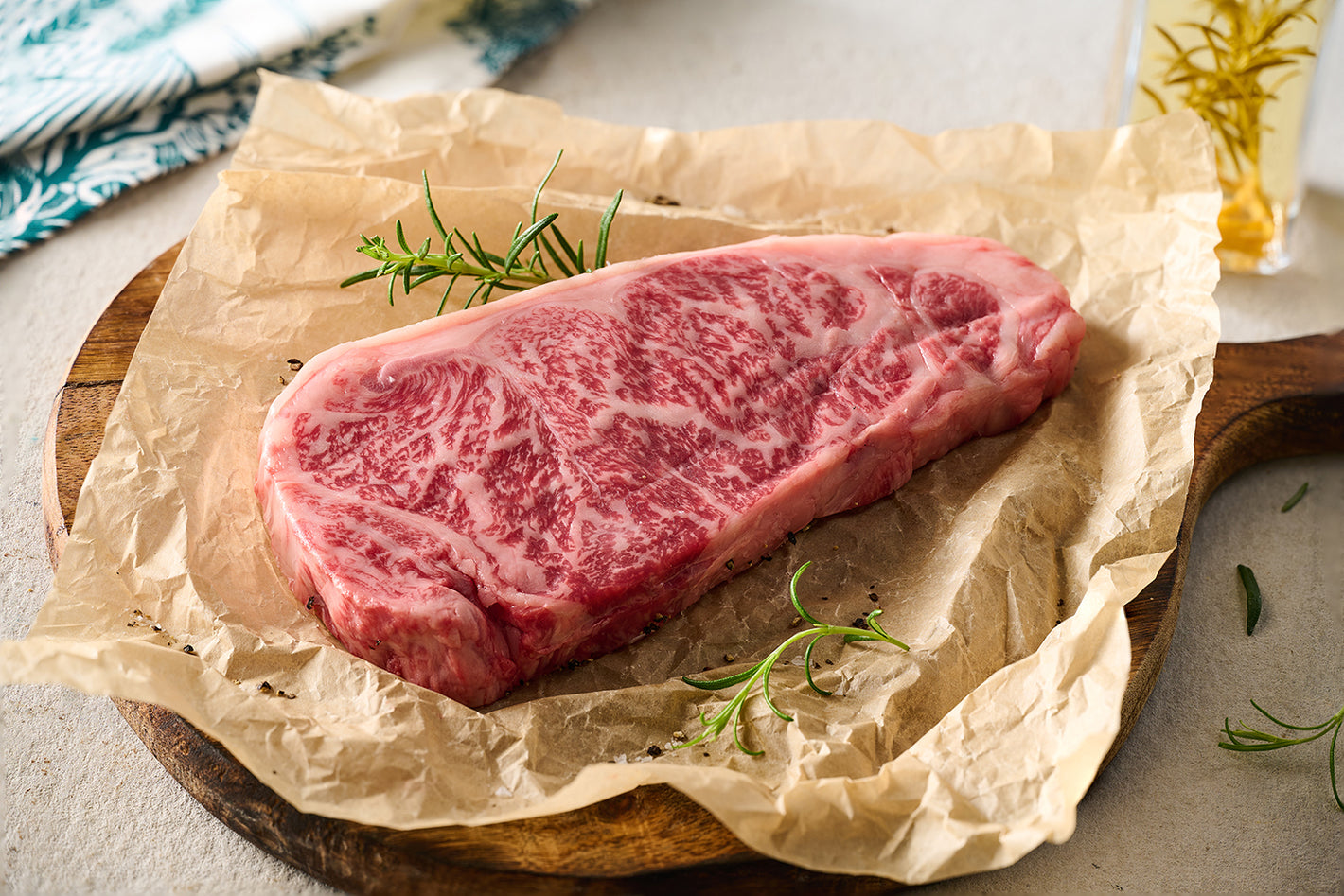
Japanese A5 Wagyu Sirloin Steak
Shop onlineWe have sourced the finest Wagyu sirloin exclusively from Japan. Delivered fresh, this finely textured steak has an exceptionally rich buttery flavour and melt-in-the-mouth texture. The sirloin cut is located near the rear end of the cow, popular for its robust beef flavour.
-
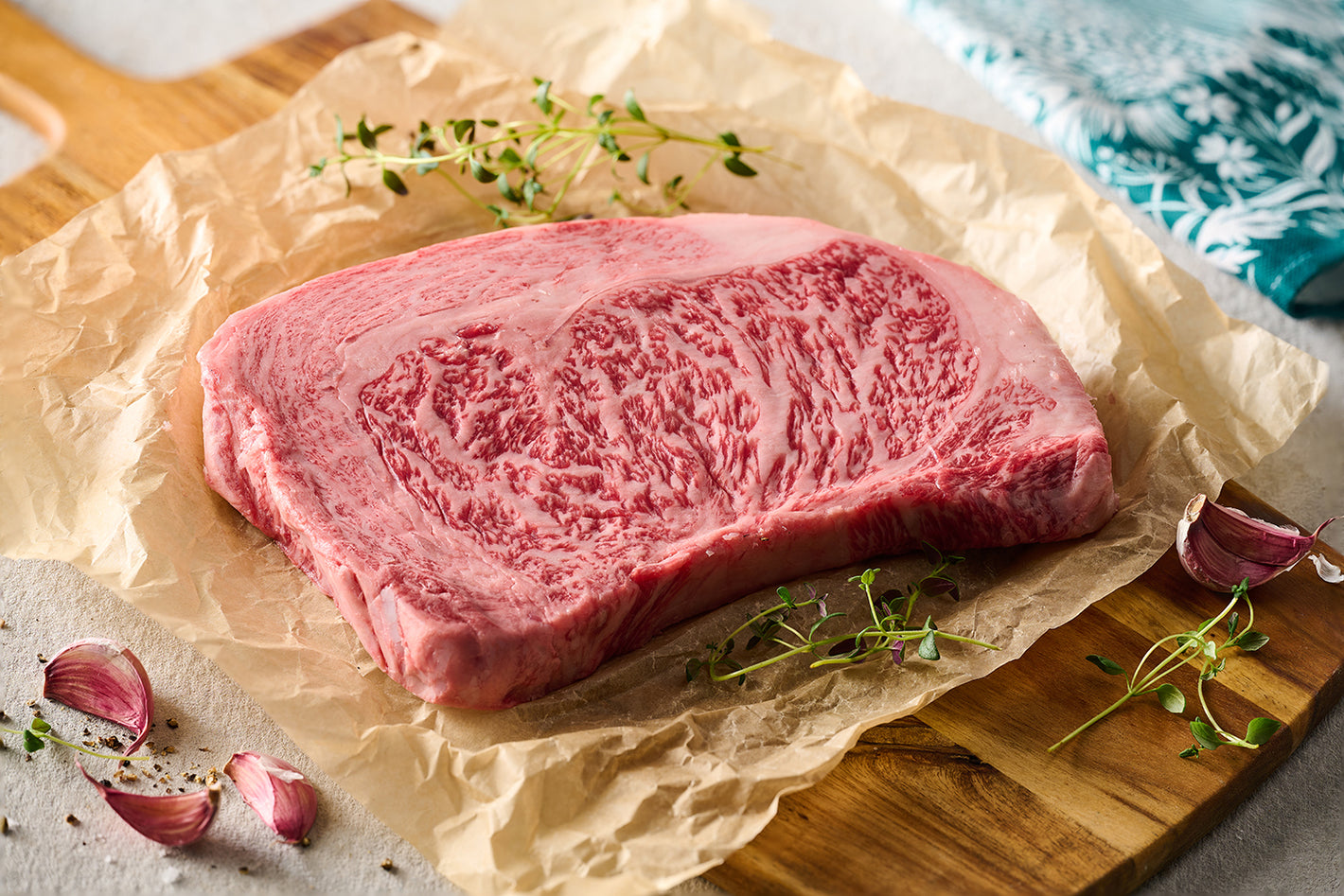
Japanese A5 Wagyu Ribeye Steak
Shop onlineThis prime cut of meat is loved by steak fanatics. Cut from the rib cage area, the rib eye often has the rib bone attached, which provides terrific beefy flavour - it's a little richer than other cuts of beef. Sourced from Japan, our A5 wagyu ribeye steak is finely textured and well-marbled throughout.
How to cook Wagyu beef
Wagyu has been slowly reared, carefully nurtured and skilfully butchered so should be cooked beautifully to honour the meticulous process. Cooking wagyu therefore requires a delicate approach to preserve its exceptional quality and unique flavour. Follow the below steps to enjoy a truly authentic Wagyu cooking experience:
- Bring the meat up to room temperature before cooking to ensure an even cooking.
- Season generously with salt and pepper to enhance the natural flavours of the beef. To taste the authentic flavour of Wagyu it’s best not to mask the flavour with bold spices.
- Cook to temperature (54-57c) using a meat thermometer in the thickest part of the steak. Wagyu marbling has a low melting point and is best enjoyed medium rare to appreciate the tender texture and flavour.
- Rest the meat for a minimum of 10 minutes per steak. This allows the juices to be redistributed for the juiciest result.
- Always slice against the grain when serving! Beef muscle fibres run in a specific direction. When you slice against the grain, you’re cutting across these fibres and shortening them. This makes the beef much easier to chew - gives a smoother mouthfeel to the meat and therefore a more tender texture.
Japanese Wagyu Ribeye tartare
To highlight the rich flavour of the beef, you could serve wagyu ribeye tartare as a starter. A little meat goes a long way, due to the natural marbling running through. Before slicing the beef, pop it in the freezer for 15 minutes to get perfectly diced steak. Using a very sharp knife and an immaculate chopping board, finely dice the beef firstly against the grain, then again into even very small pieces. Work lightly to avoid over-processing the meat. Stir through a mixture of finely chopped shallots and herbs, before piling up into a ring mould for a neat finish on the plate. Serve with an egg yolk and crispy fried onions.
